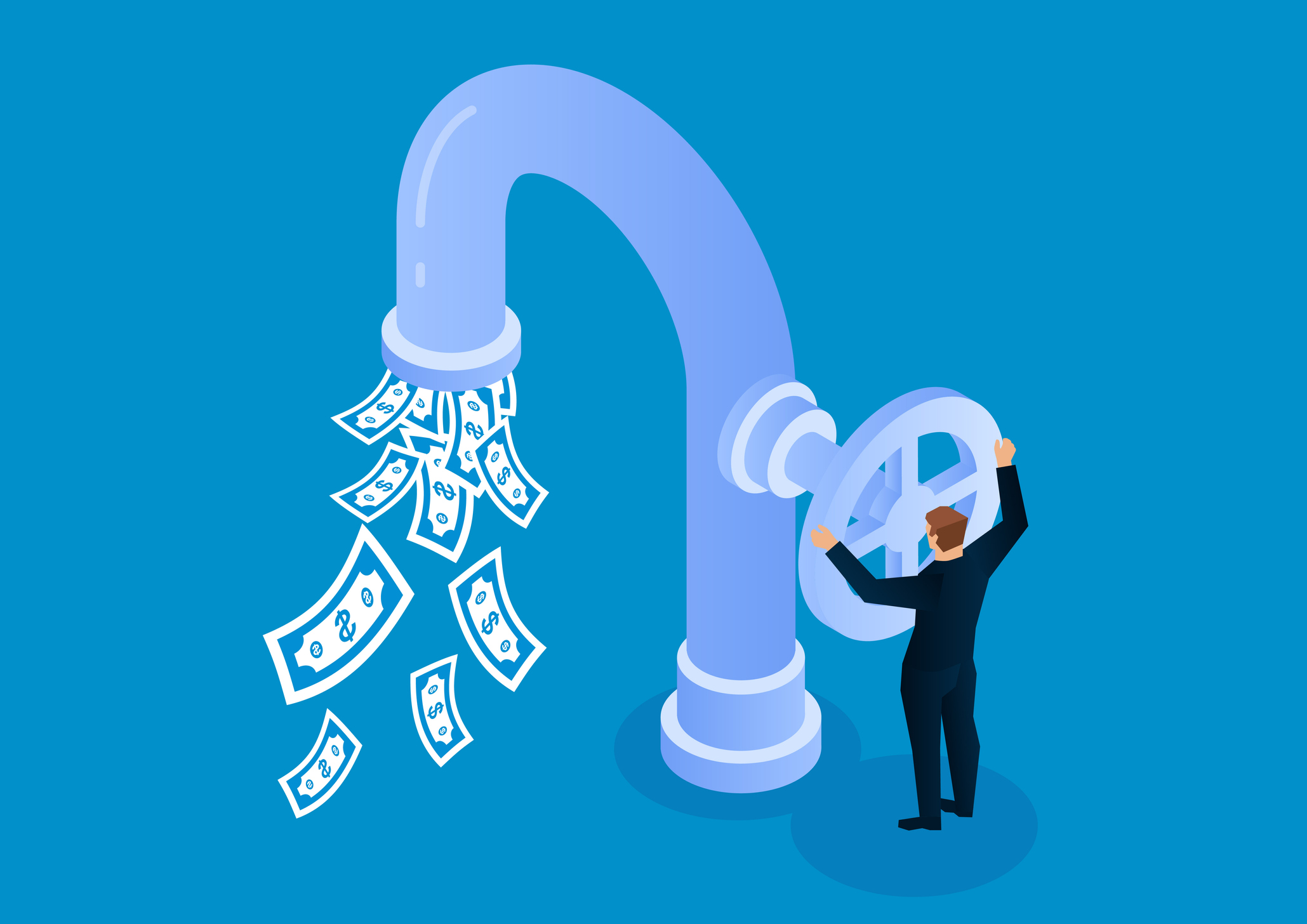Investors, Don't Fear Higher Rates
Although interest rates will rise modestly in coming months, that should not derail the bull market.


Barring a big shock to the financial markets, the Federal Reserve will raise short-term interest rates at its December meeting. That was Janet Yellen’s clear message in the press conference that followed the Fed’s decision to stand pat in September. All but three of the members of the Federal Open Market Committee—who vote on rate hikes—indicated that an increase is appropriate before year-end. Indeed, three of the 12 committee members dissented in favor of an immediate hike, pressuring Yellen to raise rates at the board’s year-end meeting, as it did in 2015.
Despite the anticipated increase, interest rates will remain well below the levels we have experienced during much of the post–World War II era. That is due primarily to low inflation and slow economic growth. In fact, the Fed has lowered its forecast for long-term real economic growth from 2% annually to 1.8%. In contrast, from 1950 until the recent financial crisis, real gross domestic product grew at nearly twice that pace. Also holding interest rates down are the public’s strong demand for “safe assets” and government requirements that banks and brokerage firms hold high levels of liquid assets in the wake of the financial crisis.
Record-low interest rates are in part responsible for the continuing rise in stock prices. U.S. stocks are selling at 17 times estimated year-ahead earnings. Although that number is slightly above the historical average price-earnings ratio, the valuation is quite reasonable in a low-interest-rate environment.

Sign up for Kiplinger’s Free E-Newsletters
Profit and prosper with the best of expert advice on investing, taxes, retirement, personal finance and more - straight to your e-mail.
Profit and prosper with the best of expert advice - straight to your e-mail.
And although interest rates will rise modestly in coming months, that should not derail the bull market. The dividend yield on stocks is still well above the yield on 10-year U.S. Treasury securities, and history shows that cash dividends paid by companies in Standard & Poor’s 500-stock index have easily outpaced the rate of inflation since March 1957, when the S&P index was expanded to cover 500 stocks.
Silver lining. It’s true that the same factors that are keeping interest rates low—in particular, slow economic growth—will also have a negative impact on company earnings. But there is a silver lining to slow growth. In a slow-growth environment, firms do not have to invest as much in expanding their capacity—which is one reason capital expenditures have been low. And lower capital expenditures mean that a higher percentage of revenues can be channeled to dividends and share buybacks rather than to expanding capacity.
For example, assume a company’s stock is selling for $20 a share and the firm is earning $1 per share. That is a 5% rate of return. And it is a real return because the firm’s revenues and asset values will generally rise along with the rate of inflation. That 5% return can be maintained even if there is no real revenue growth per share, as long as demand for the firm’s output rises with the general level of inflation. With the 10-year Treasury inflation-protected bond yielding zero, a 5% real return provides a margin over bonds for stock investors that is generous by historical standards.
Surprisingly, a return to faster growth may initially put downward pressure on stock prices as interest rates rise. But under those circumstances, investors will fare much better in stocks than they would in fixed-income securities because corporate revenues would increase.
Despite the uncertainties facing the market, including the election of a new President and the anticipated Fed rate hike, I still think investors are in the early stages of an epic shift from bonds to stocks. Investors are coming to the conclusion that bonds are not going to provide them with enough income for their retirement and that stocks may be the best answer.
Get Kiplinger Today newsletter — free
Profit and prosper with the best of Kiplinger's advice on investing, taxes, retirement, personal finance and much more. Delivered daily. Enter your email in the box and click Sign Me Up.

-
 Two Don'ts and Four Dos During Trump's Trade War
Two Don'ts and Four Dos During Trump's Trade WarThe financial rules have changed now that tariffs have disrupted the markets and created economic uncertainty. What can you do? (And what shouldn't you do?)
By Maggie Kulyk, CRPC®, CSRIC™
-
 I'm Single, With No Kids: Why Do I Need an Estate Plan?
I'm Single, With No Kids: Why Do I Need an Estate Plan?Unless you have a plan in place, guess who might be making all the decisions about your prized possessions, or even your health care: a court.
By Cynthia Pruemm, Investment Adviser Representative
-
 How Inflation, Deflation and Other 'Flations' Impact Your Stock Portfolio
How Inflation, Deflation and Other 'Flations' Impact Your Stock PortfolioThere are five different types of "flations" that not only impact the economy, but also your investment returns. Here's how to adjust your portfolio for each one.
By Kim Clark
-
 Kiplinger's Economic Calendar for This Week (April 21-25)
Kiplinger's Economic Calendar for This Week (April 21-25)This week's economic calendar features several Fed speakers and a key reading on consumer sentiment.
By Karee Venema
-
 Why I Still Won't Buy Gold: Glassman
Why I Still Won't Buy Gold: GlassmanOne reason I won't buy gold is because while stocks rise briskly over time – not every month or year, but certainly every decade – gold does not.
By James K. Glassman
-
 Should You Use a 25x4 Portfolio Allocation?
Should You Use a 25x4 Portfolio Allocation?The 25x4 portfolio is supposed to be the new 60/40. Should you bite?
By Nellie S. Huang
-
 Retirement Income Funds to Keep Cash Flowing In Your Golden Years
Retirement Income Funds to Keep Cash Flowing In Your Golden YearsRetirement income funds are aimed to engineer a steady payout of cash for retirees. Here are a few we like.
By Nellie S. Huang
-
 10 2024 Stock Picks From An Investing Expert
10 2024 Stock Picks From An Investing ExpertThese 2024 stock picks have the potential to beat the market over the next 12 months.
By James K. Glassman
-
 Dividends Are in a Rut
Dividends Are in a RutDividends may be going through a rough patch, but income investors should exercise patience.
By Jeffrey R. Kosnett
-
 Special Dividends Are On The Rise — Here's What to Know About Them
Special Dividends Are On The Rise — Here's What to Know About ThemMore companies are paying out special dividends this year. Here's what that means.
By Kim Clark